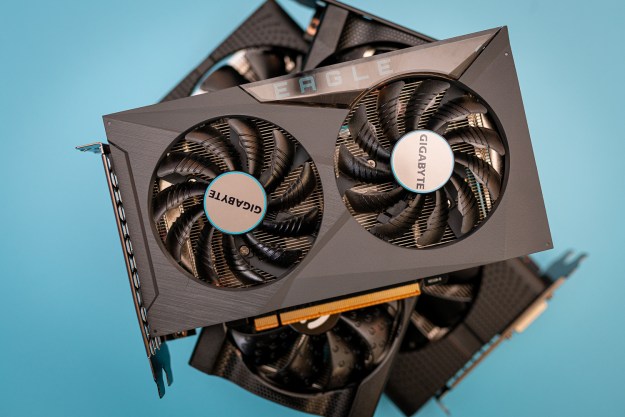
Intel said on Wednesday that it’s created a new Core and Visual Computing Group to create discrete graphics processors. The head of this new division will be none other than Raja Koduri, AMD’s recently departed senior president and chief architect of the Radeon Technology Group. This just happens to be AMD’s division responsible for its graphics processors in desktops, servers, consoles, and more.
Koduri’s experience dates back to S3 Graphics in 1996. In 2001, he began serving as the director of advanced technology development at ATI Technologies, a Canadian company focused on creating discrete graphics chips. By then, the company was producing its first Radeon-branded cards and mainly competed with Nvidia in that space. AMD purchased ATI Technologies in 2006 for around $5.6 billion, and Koduri help expand AMD’s new graphics division into new markets, including all-in-one chips (APUs), workstations, servers, and gaming consoles.
Koduri didn’t spend all his time at AMD after the company acquired ATI Technologies. He departed in 2009 to serve as director of Apple’s graphics architecture division until March 2013. During that time, he helped established the graphics-based platform for the Mac product line that transitioned the machines to Retina displays. After that, he returned to AMD to serve as corporate vice president of visual computing, and then senior vice president and chief architect of the Radeon division.
Koduri stepped down from his position earlier this week after having launched AMD’s latest high-end Radeon-branded graphics cards based on its new “Vega” architecture. Speculation saw him shifting over to Nvidia or Intel to work on graphics-related products. He will begin his role as chief architect and senior vice president of Intel’s new discrete graphics division starting in December.
Thus, the big elephant in the room is the fact that Intel now has AMD’s former head of its Radeon division to run its own discrete graphics division. Intel already develops integrated graphics for its CPUs, but they can’t match the performance of discrete graphics chips by AMD and Nvidia. But with Koduri under its wing, Intel is set to become a third competitor in the discrete graphics market.
“Koduri will expand Intel’s leading position in integrated graphics for the PC market with high-end discrete graphics solutions for a broad range of computing segments,” Intel said.
There are a lot of questions surrounding Koduri’s new role at Intel. Building a brand since 2001 — and then competing against it — is a curious move. But his new role may be part of Intel’s deal with AMD regarding the new modules for ultrathins revealed earlier this week. A press image of Koduri provided by Intel directly links him to the modules.
Editors' Recommendations
- I tested Intel’s XeSS against AMD FSR — and the results speak for themselves
- AMD retracts its new gaming feature after it was getting players banned
- Intel just made a huge comeback, and it’s bad news for AMD
- AMD may soon launch a new GPU, but it’s probably not the one you think
- Nvidia’s outrageous pricing strategy is exactly why we need AMD and Intel



